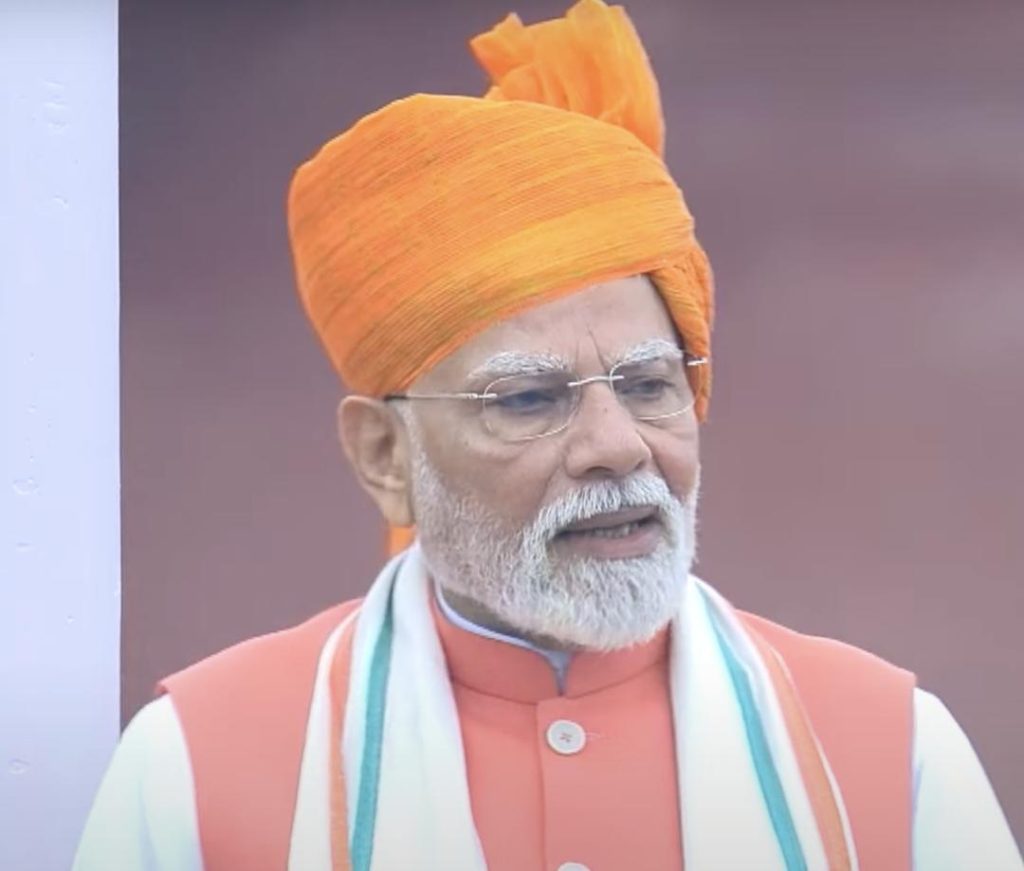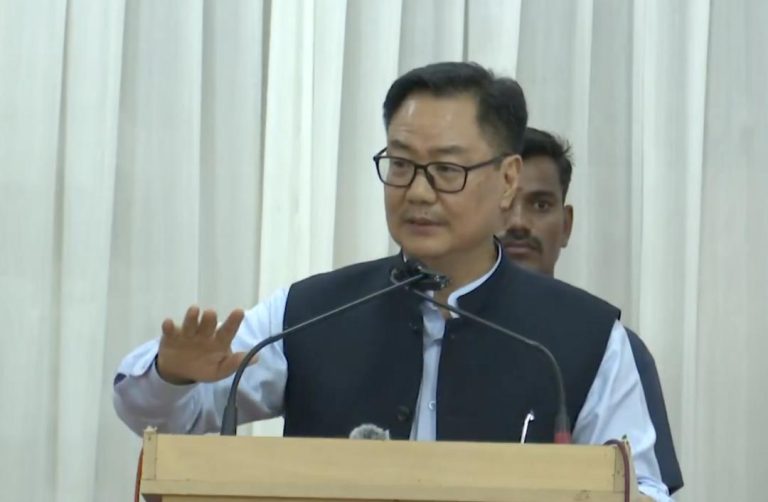
Title: Idea of building semiconductor in India was killed in womb 50-60 yrs ago: PM Modi
India, a country known for its rich technological heritage, has been striving to become a hub for innovation and manufacturing in the field of semiconductors. However, according to Prime Minister Narendra Modi, the idea of building semiconductors in India was killed in its infancy, 50-60 years ago. In a recent address, PM Modi revealed that file work for building semiconductors in India started decades ago, but unfortunately, the initiative was stifled, causing India to lose valuable time and progress.
The Prime Minister made these remarks while speaking at the Red Fort on a recent occasion. He emphasized that his intention was not to criticize any government, but rather to educate the youth of the country about the missed opportunities in the past. PM Modi’s statement has sparked a lot of debate and discussion about the country’s semiconductor industry and its future prospects.
The significance of semiconductors in the modern world cannot be overstated. These tiny components play a crucial role in the functioning of modern electronics, from smartphones and laptops to medical equipment and defense systems. India’s quest to become a major player in the global semiconductor industry is driven by its strategic importance, economic benefits, and the need to reduce dependence on foreign suppliers.
The story of India’s semiconductor industry is a tale of missed opportunities and unrealized potential. Despite having a strong foundation in mathematics and science, India failed to capitalize on its early start in the field of semiconductors. The Prime Minister’s revelation that file work for building semiconductors in India started 50-60 years ago is a stark reminder of the country’s failure to capitalize on its early momentum.
The early years of the Indian semiconductor industry were marked by a mix of optimism and experimentation. In the 1960s and 1970s, several Indian companies, including the Indian Space Research Organisation (ISRO), the Defence Research and Development Organisation (DRDO), and the Centre for Development of Advanced Computing (C-DAC), began exploring the possibility of manufacturing semiconductors in the country.
However, the initiative was soon stifled due to a lack of government support, inadequate infrastructure, and a dearth of skilled manpower. The industry was forced to rely on imports, which not only increased the country’s dependence on foreign suppliers but also led to a significant drain on the country’s foreign exchange reserves.
The Prime Minister’s statement has been seen as a wake-up call for the Indian government and the industry. It has highlighted the need for a renewed focus on the semiconductor industry and the importance of creating an enabling environment for its growth. The government has already taken several steps to stimulate the industry, including the launch of the Semiconductor Mission and the establishment of the Indian Institute of Semiconductors.
The Semiconductor Mission, launched in 2017, aims to create a robust ecosystem for the semiconductor industry in India. The mission has several key objectives, including the development of a 12-inch wafer fabrication facility, the creation of a design centre for semiconductors, and the establishment of a testing and packaging facility.
The Indian Institute of Semiconductors, established in 2018, is a premier research institution dedicated to the development of semiconductors and their applications. The institute is equipped with state-of-the-art facilities and is staffed by some of the best minds in the field.
Despite these initiatives, the Indian semiconductor industry still faces several challenges. The country’s dependence on foreign suppliers is still significant, and the industry lacks the scale and scope to compete with global players. The government’s commitment to creating a robust ecosystem for the industry is crucial to its growth and success.
In conclusion, PM Modi’s statement has highlighted the importance of learning from the past and creating an enabling environment for the growth of the semiconductor industry in India. The country’s failure to capitalize on its early start in the field of semiconductors is a stark reminder of the importance of strategic planning and execution. The government’s initiatives to stimulate the industry are a welcome step, and it is hoped that they will bear fruit in the coming years.
News Source: https://youtu.be/cw-UJZgtosE






